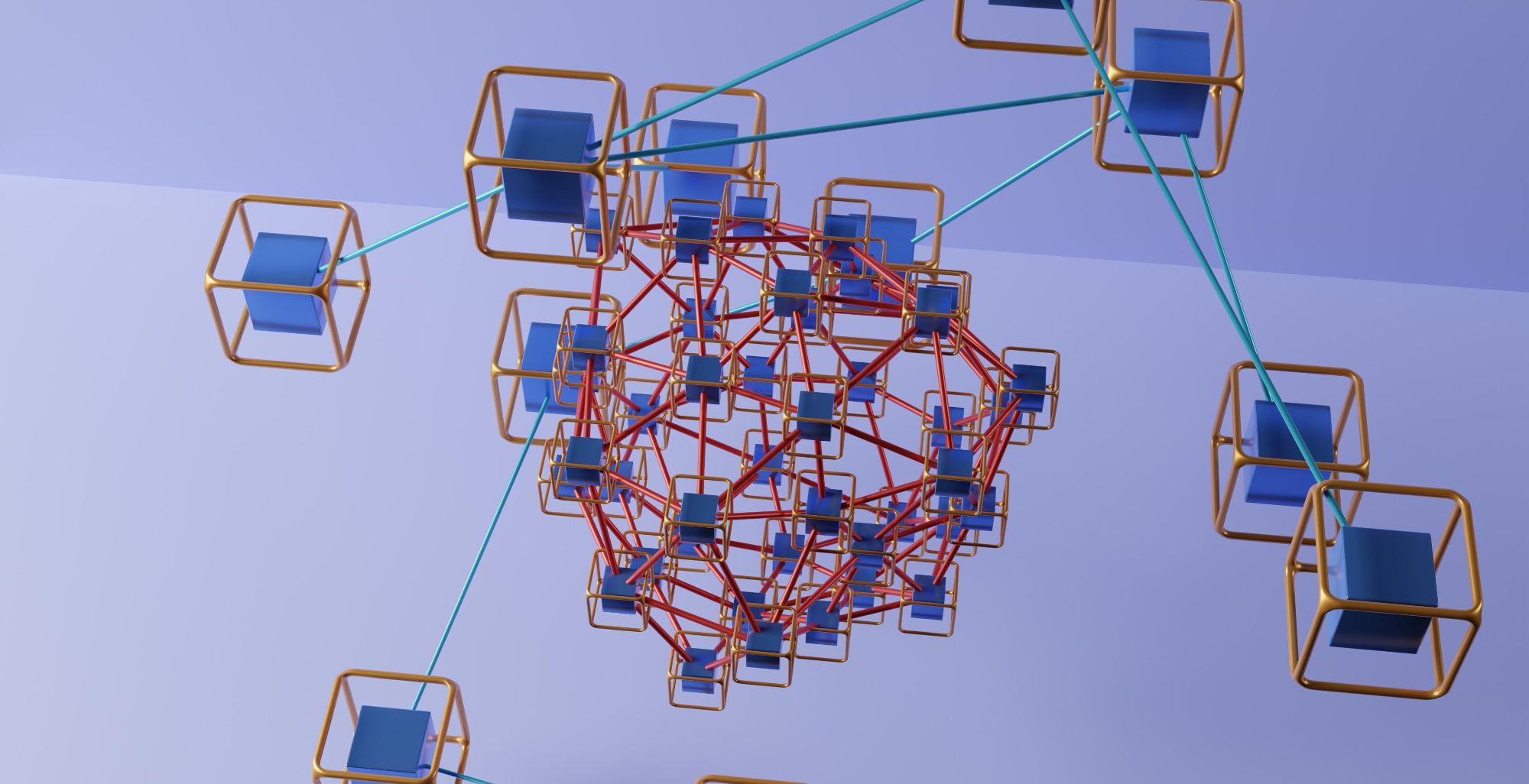Web3? Blockchain? Cryptocurrency? These modern technology terms can be very confusing, as they all seem to bleed into each other. But each of these concepts differs from the next in different ways. So, what are the main differences between Web3, blockchain and cryptocurrency?
What is Web3?
Web3 has certainly been a buzzword in recent years. This refers to the latest iteration of the internet, known as Web 3.0. Web3 can be a bit difficult to grasp, as it contains many different concepts and technologies. But we’re going to break it down in its simplest form.
In short, Web3 integrates decentralization, blockchain technology and cryptocurrency. This type of internet is not completely foreign to the one most of us use today, but Web3 has some important differences from Web2. We can still use social media, buy products, check the news and do everything else we like online. But some core characteristics of Web3 set it apart from previous iterations, starting with decentralization.
You may have heard of decentralization before, especially when it comes to cryptocurrency and Web3. This is a model that networks, platforms and applications can follow. In a decentralized system, power and data are spread across multiple connection points (also known as nodes), meaning that no one device ever has the majority of data or power in the system. It not only prevents corruption but stops server crashes that cause total shutdown. If one node fails, this will not affect the other nodes and the network can continue to function as normal.
The idea behind Web3 is to use decentralization to keep things distributed, fair and transparent. The use of decentralization will also include blockchain technology. We’ll discuss blockchains in more detail a little later, but what’s worth noting here is that blockchains also use decentralization and allow organizations to store data in a secure setting.
Web3 has also been strongly associated with virtual reality, a technology that allows users to immerse themselves in a virtual, digital world using headsets and controllers. Of course, virtual reality has been around for decades, but its use in Web3 has sparked some interesting ideas and some controversy.
Another key concept behind Web3 is ownership. Ownership has long been a point of contention in the online space, as large corporations (or “big tech”) now own vast amounts of user data, much of which is sensitive. Data leaks, misuse of data and unauthorized collection of data have been common news topics in the last decade, which has caused many to reconsider the ownership element of the internet. So how does Web3 deal with this?
Web3 focuses on leaving ownership of platforms and data to the users themselves. It creates a permissionless ecosystem where all users are included in the decision-making processes of platforms. Moreover, these platforms will operate via a token-based system, which involves the use of tokens for products, services and community voting (or governance). Compared to Web 2.0, this internet model offers more fairness in control and participation, giving power to the majority, not the minority.
What is a blockchain?
Blockchains are not the easiest technology to understand, as they are complex in how they work. On the surface, however, you can think of a blockchain as just that: a chain of blocks. This image helps you understand how blockchains work. Each block contains information and is chronologically linked to the next.
In a typical blockchain that hosts a cryptocurrency, transaction data is stored within each block and information about the block itself. The block header, block size, transaction size and timestamp are all included in a given block, as well as the “magic number”, the hash of hashPrevBlock and hashMerklRoot.
On public blockchains, the entire ledger of past transactions can be seen by anyone. Bitcoin, Ethereum, Dogecoin, Litecoin and most other cryptocurrencies exist on a public blockchain, although private blockchains also have applications in certain industries.
Another great thing about blockchains is that they are hard to hack. To successfully control a blockchain, an attacker must control 51% of the total power. Because blockchains consist of hundreds or thousands of nodes, the attacker must compromise over half of the active nodes to gain control. This gives blockchain technology an edge over many other forms of data storage and recording.
Blockchains also provide users with a higher level of privacy than traditional financial services. Blockchains will show the wallet address of the sender and receiver, but that’s where it ends. Your name, contact information and other sensitive information will never be displayed on the blockchain, helping you maintain your anonymity. It’s worth noting that a skilled cybercriminal can uncover someone’s identity via their wallet address, but this is not very common.
There are also privacy coins you can use if you want your wallet address to remain private and untraceable.
What is cryptocurrency?
In the simplest terms, cryptocurrency is a type of virtual asset that exists on a blockchain. You can think of cryptocurrency as groceries and blockchains as conveyor belts.
As the name suggests, a core element of cryptocurrency is cryptography, a code-making process that protects data by converting it from plain text to encrypted text. Cipher text is random and unreadable, making it much more difficult to exploit the stored data. This layer of security is what attracts many to cryptocurrency, as it offers privacy and a higher level of security against malicious attacks.
Because cryptocurrencies are entirely virtual, they have no physical representation. In short, cryptocurrencies are simply code and nothing more. You may have seen pictures of golden Bitcoin coins, also known as Casascius coins, but these are used to store virtual Bitcoins and have no intrinsic value in the market itself.
Cryptocurrencies can and do have value, with some worth tens of thousands of dollars each. But the value of a cryptocurrency is almost always subjective to demand. If demand for a crypto plummets, its price will most likely plummet with it. There is also very little regulation around cryptocurrency, which means fraud, scams and other crimes are common, and many perpetrators are never identified. Governments around the world want to crack down on this problem, but the prevalence of crypto-crime is worth keeping in mind.
New technology can be difficult to understand
There is no shame in finding crypto, Web3 and blockchains confusing. These technologies are very complex in many ways and have only entered mainstream conversations in recent years. But it’s totally possible to understand crypto, Web3 and blockchains and how they differ, and we’re here to help you!




























